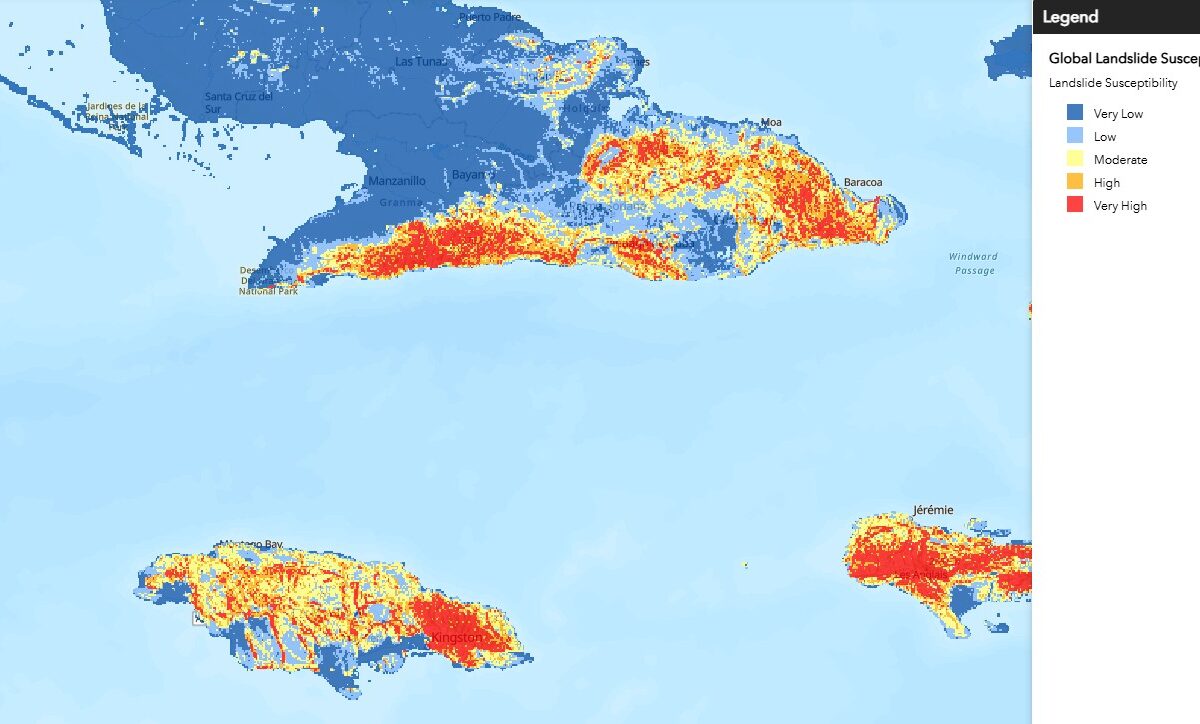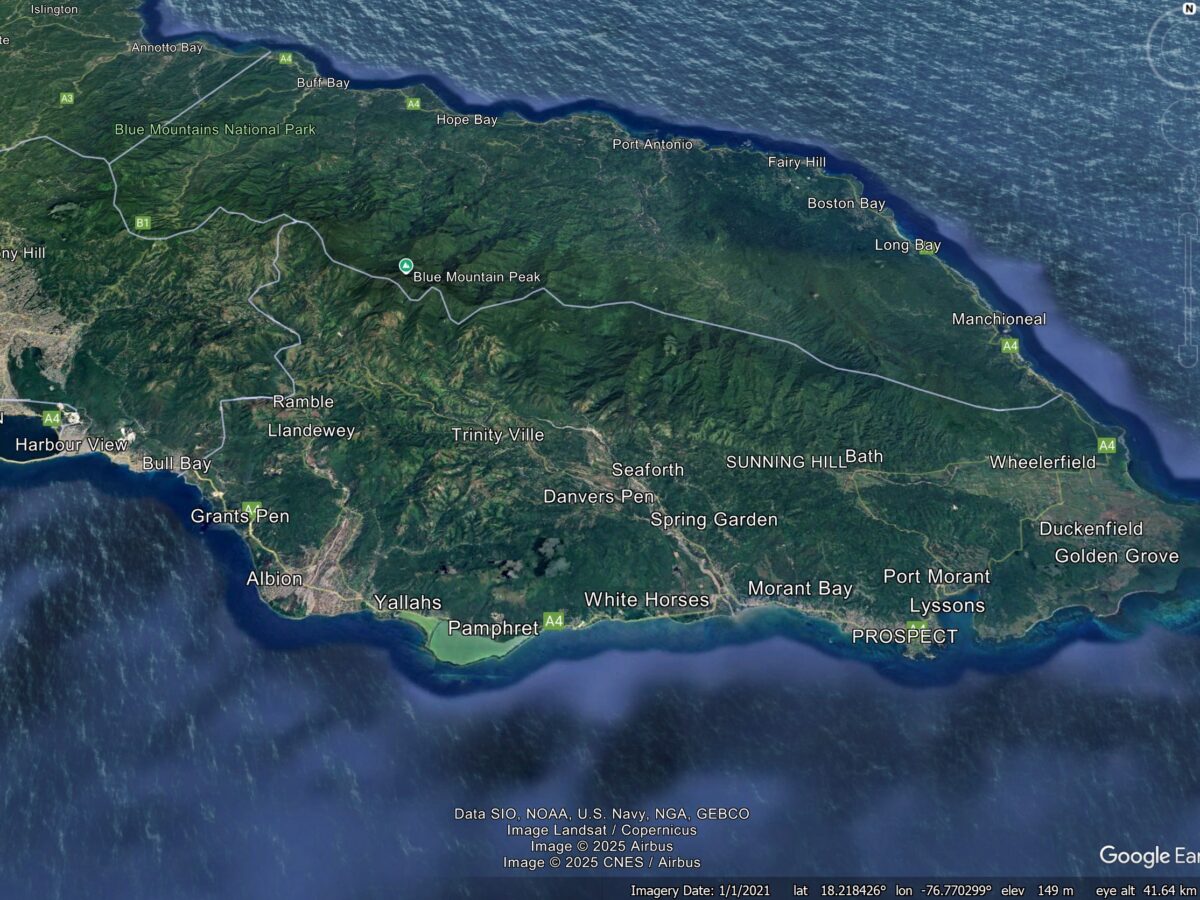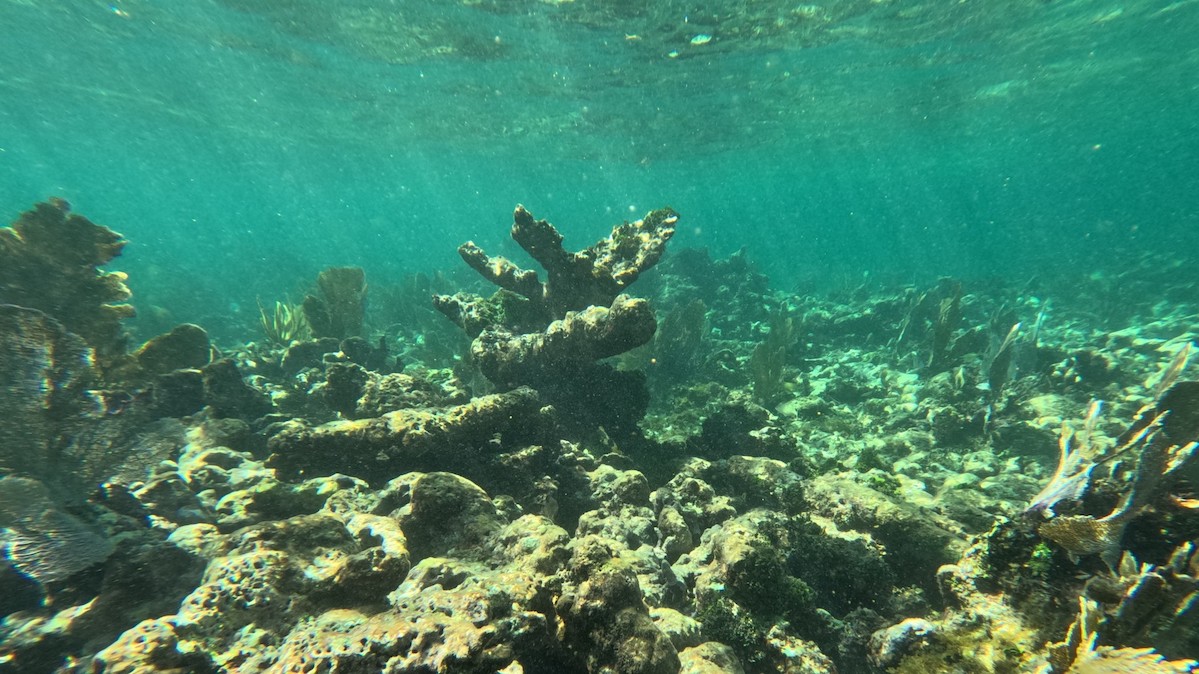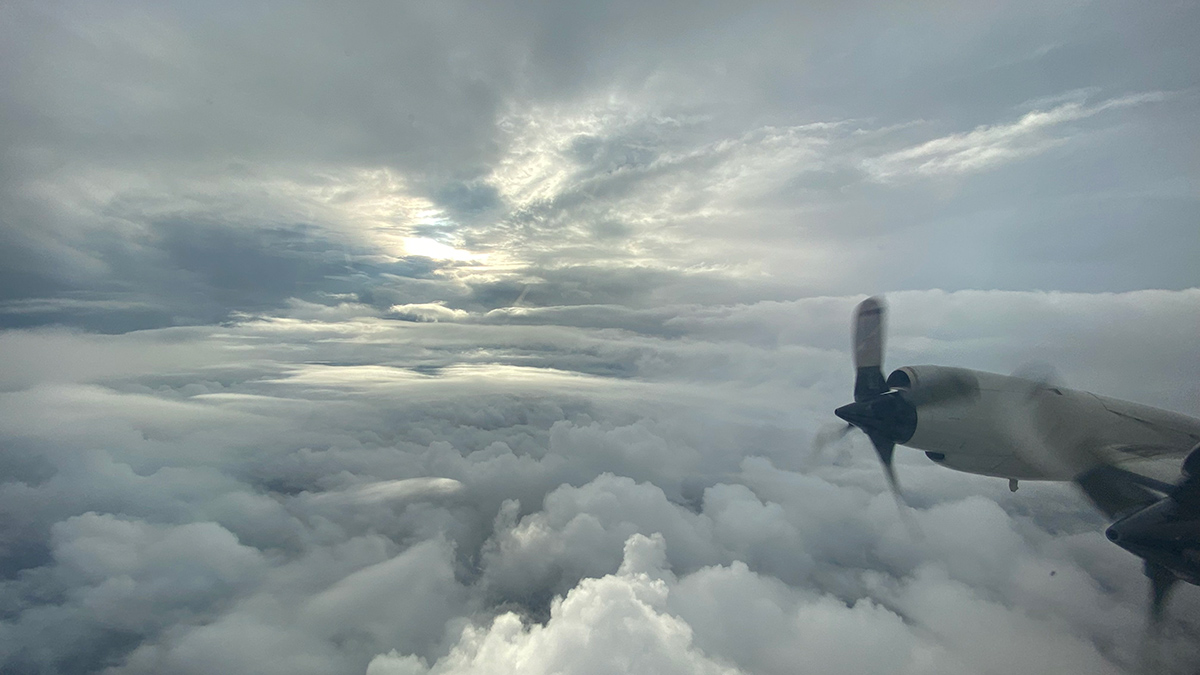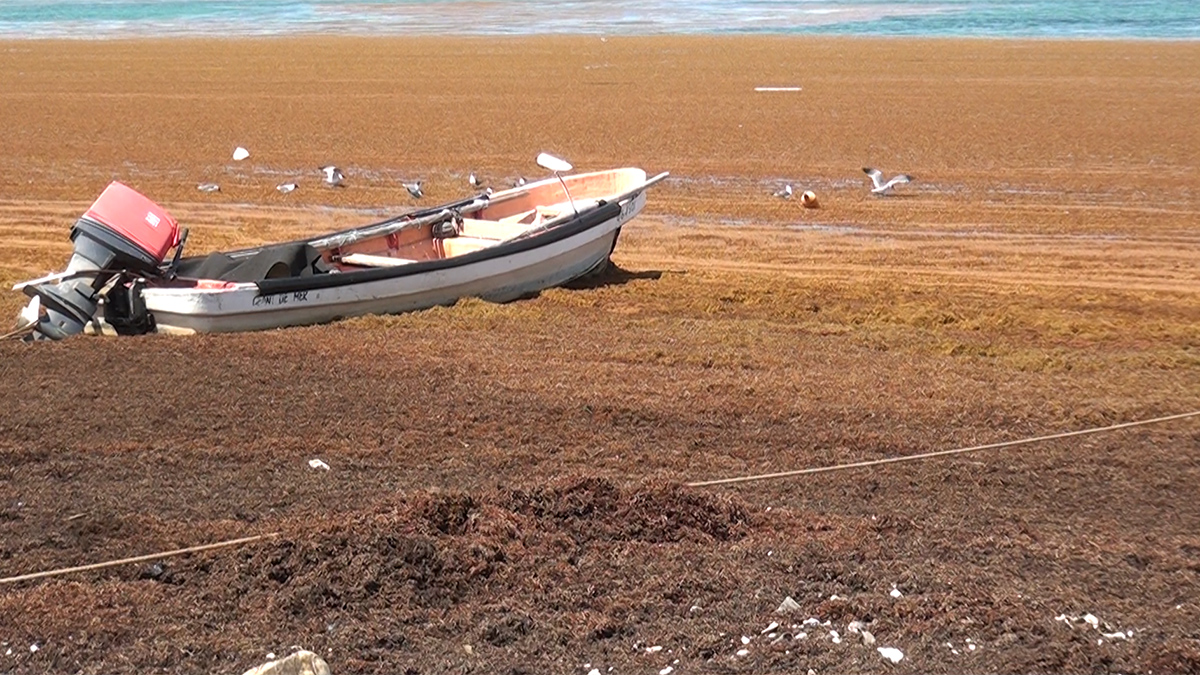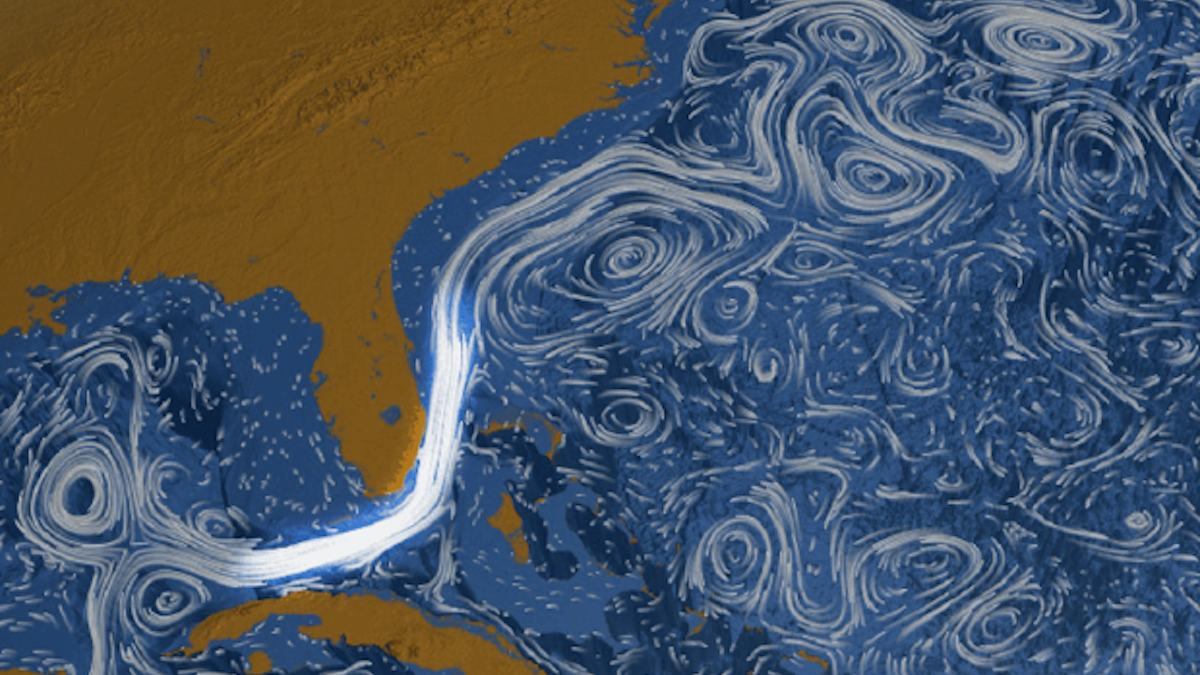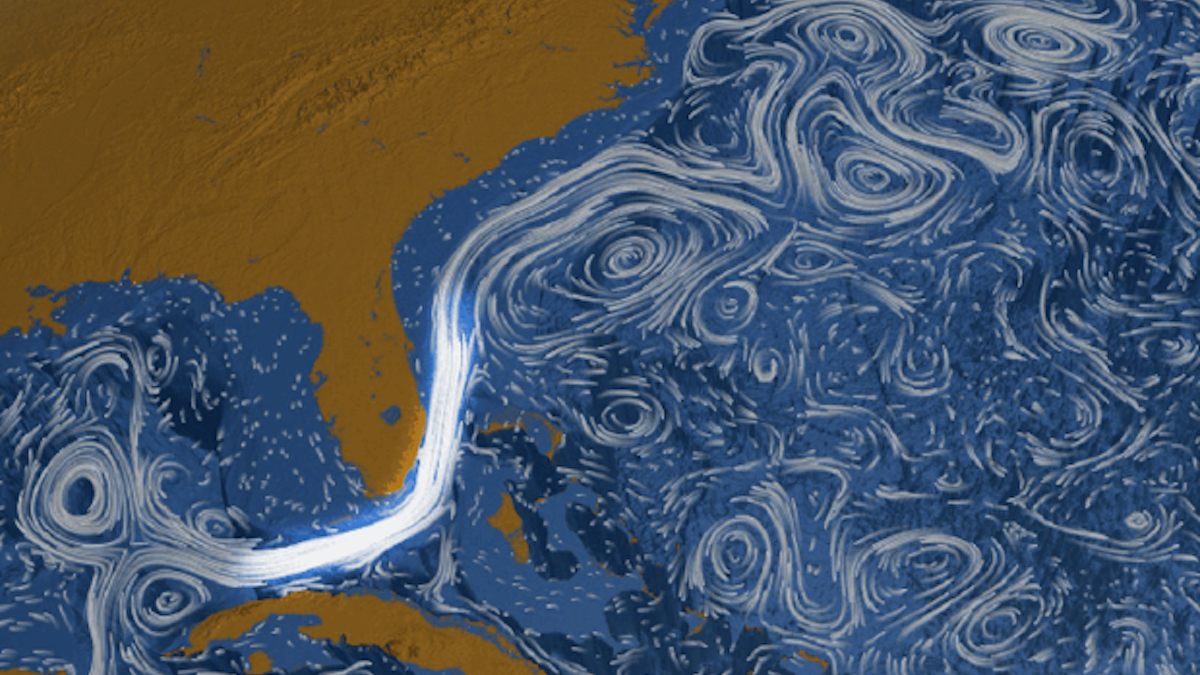Various online datasets will allow a detailed understanding of Hurricane Melissa as it impacts Jamaica and then Cuba Hurricane Melissa is now making headlines around the world in anticipation of its landfall today. As always with tropical cyclones, the picture is evolving continuously as the storm evolves. Their behaviour is highly complex. I thought I’d […]
Caribbean
Anticipating the impact of Hurricane Melissa in Jamaica
Hurricane Melissa is bearing down on Jamaica, with many areas likely to see over 500 mm of rainfall. The impacts could be extremely significant. Hurricane Melissa has strengthened substantially over the weekend, and is now on course to track across Jamaica in the next couple of days. Various media agencies have identified the threats that […]
As Seas Rise, Corals Can’t Keep Up
Coral reef growth rates in the tropical western Atlantic have slowed to a fraction of what they once were, erasing coastal protection benefits they once offered.
The Wildest Ride on a Hurricane Hunter Aircraft
A 1989 flight through Hurricane Hugo tops the list for stomach-churning turbulence experienced by scientists, pilots, and crew aboard aircraft designed to fly through storms.
Have We Finally Found the Source of the “Sargassum Surge”?
The complexity of modeling the tropical Atlantic makes identifying the source of the ongoing seaweed blooms difficult.
La corriente de Florida podría estar desacelerándose, pero no por mucho
Una corrección necesaria a un conjunto de datos ampliamente utilizados redujo las estimaciones de los científicos de cómo se ha debilitado la circulación oceánica.
Las olas de calor marinas incrementan la probabilidad de intensificación de las tormentas tropicales
La probabilidad de que los huracanes experimenten una intensificación rápida aumenta en un 50% durante las olas de calor marinas que se desarrollan en el Golfo de México y en la región noroeste del Mar Caribe.
Sedimentos Caribenhos Rastreados até o Terremoto e Tsunami Português de 1755
Arqueólogos escavando na Martinica encontraram por acaso o primeiro depósito de tsunami do terremoto encontrado no Novo Mundo. Ao que parece, o tsunami deixou um forte rastro, pois a onda passou por cima de um rio.
The Florida Current May Be Slowing Down, but Not by Much
A needed correction to a widely used data set reduced scientists’ estimates of how ocean circulation has weakened.
Marine Heat Waves Make Tropical Storm Intensification More Likely
Rapid intensification of hurricanes is 50% more likely to occur during marine heat waves in the Gulf of Mexico and northwestern Caribbean Sea.

